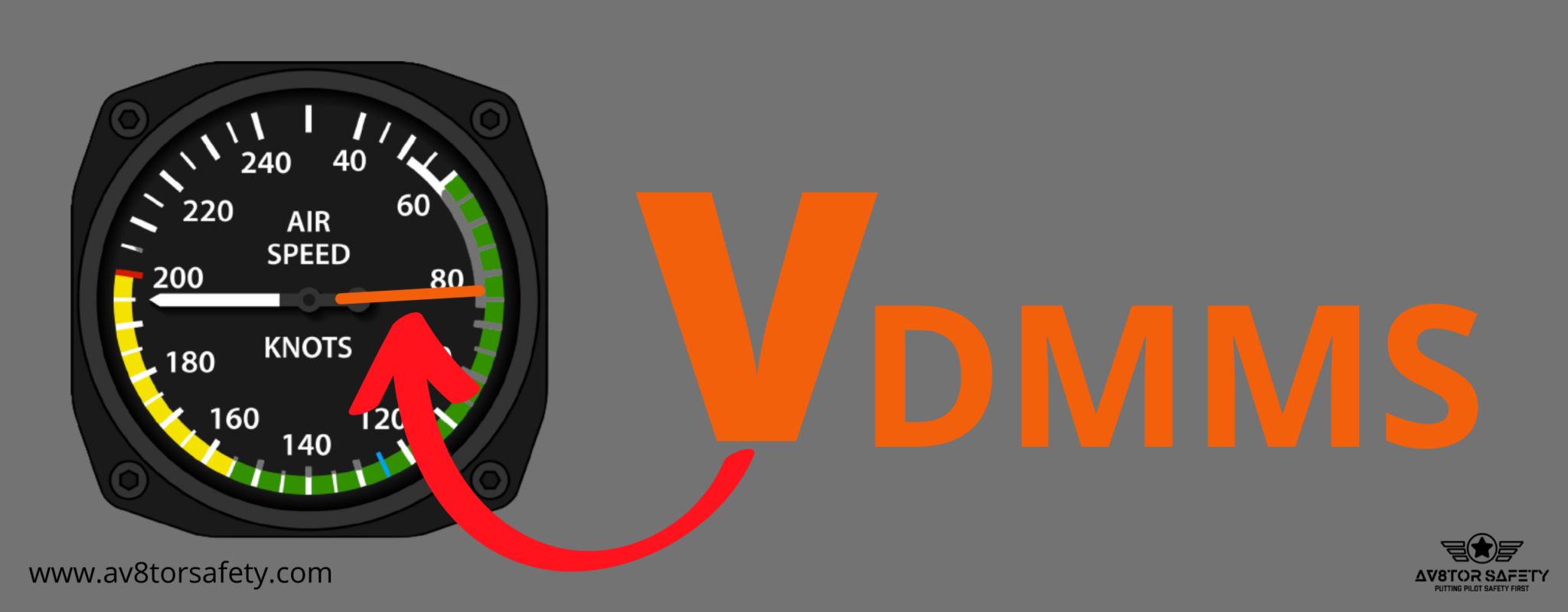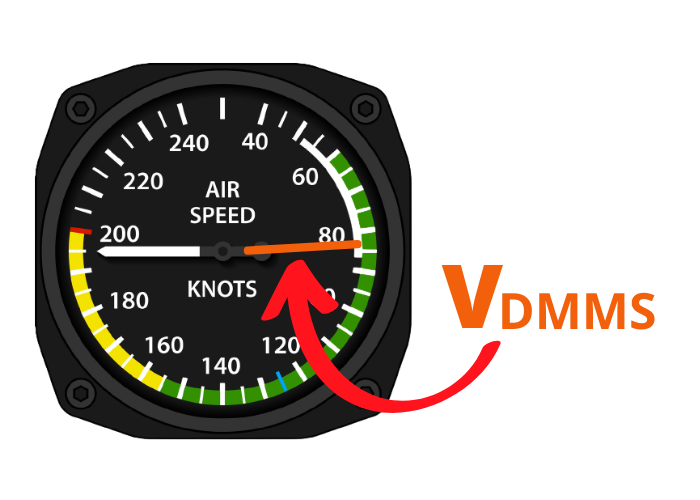
VDMMS provides GA pilots with a rock-solid way of avoiding a low-level stall/spin when on climb-out, when in the circuit, when on final approach (until stabilised), when conducting a go-around, or when wanting to achieve best glide speed (in the event of an engine failure in a single-engine aircraft)!
Meet Dan Gryder!
Dan Gryder from DanGryder.com and Probable Cause on Youtube is an airline pilot and flying instructor who is committed to reducing the rate of fatal GA accidents.
Dan offers training, ferry and test flights in just about any Single, Twin, Tailwheel, Radial, Turboprop or Citation 500 series. Get your DC-3 SIC or PIC type rating while you still can! 10 day IFR ratings at your home base. Interactive pilot participation speaking opportunities (free of charge) for any flying club or group to talk about fatal accident prevention.
FAA Gold Seal CFI, CFII, MEI, AGI, ATP DC-3 DC-3TP. DC-9 CE-500 MU-300 BE-400 B-757 B-767 B-777
“Be permanently conscious of VDMMS, so that you don’t fall out of the sky! The only way to do that is to fit a VDMMS BUG to your aircraft’s ASI.” – Dan Gryder
What is VDMMS?
VDMMS stands for Defined Minimum Maneuvering Speed.

VDMMS is not listed in the normal aviation V-Speeds listing, so what exactly is it?
VDMMS is a ‘Three-in-One’ Speed:
- Best Climb Speed
- Minimum Manoeuvring Speed
- Best Glide Speed (in the event of an engine failure in a single-engined aircraft)
To better understand VDMMS, let’s start with the backstory . . .
In Dan Gryder’s Probable Cause coverage of GA accidents in the USA, Dan cites one of the main causes that GA pilots are getting killed is by flying at a too low airspeed when on climb-out, when in the circuit, when on final approach (until stabilised), when conducting a go-around, or when wanting to achieve best glide speed (in the event of an engine failure in a single-engine aircraft), often resulting in an unrecoverable stall/spin and which, in turn, often results in a hull loss along with one or multiple fatalities.
However, VDMMS is not indicated on the Airspeed Indicator (ASI), so needs to be added by means of a simple VDMMS marker line or ‘BUG’.
As Dan Gryder puts it, “We simply cannot be expected to remember VDMMS, particularly in a stressful situation like a go-around or engine-out, and to then know when we are dropping below it. VDMMS in not indicated on your ASI. You need to calculate it and place it there!“
OK, so onto defining VDMMS . . .
Dan Gryder has determined that 1.404 x VS1 (stall speed – ‘bottom of the green arc‘) is the Defined Minimum Manoeuvring Speed (VDMMS) that a pilot should be flying at in any of the these FIVE situations:
- When on Climb-Out
- When in the Circuit
- When on Final Approach (until stabilised, then Vref)
- When Conducting a Go-Around
- When wanting to achieve Best Glide (in the event of an engine failure in a single-engine aircraft)
Image courtesy of Boldmethod
Adding a VDMMS Bug to your aircraft ASI!
So, take the ‘bottom of the GREEN ARC‘ stall speed of your aircraft, VS1, multiply it by 1.404, and then once you have the answer, PLACE A MARKER on your aircraft airspeed indicator (as shown by the orange marker line on the diagram of the ASI above), which will then serve as a constant reminder of the Defined Minimum Manoeuvring Speed (VDMMS) that you SHOULD NOT DROP BELOW when on climb-out, when in the circuit, when on final approach (until stablised), when conducting a go-around, or when wanting to achieve best glide (in the event of an engine failure in a single-engined aircraft)!

In the video that follows, Dan Gryder discusses VDMMS with Juan Brown from the Blancolirio Youtube channel . . .
Calculating VDMMS
VDMMS = VS1 x 1.404
To explain the factor of 1.404, 30% is added to VS1 for Minimum Manoeuvring Speed and then a further 8% is added to allow for a 30 degree angle of bank.
VS1 x 1.3 x 1.08 = VS1 x 1.404 = VDMMS

Fit Your Aircraft’s VDMMS Bug Today!
Cut a thin strip of tape or even a thin strip from the sticky end of a Post-it Note, and apply it to the face of your aircraft’s ASI, marking the airspeed you have calculated for VDMMS! Don’t delay . . . DO IT TODAY!

